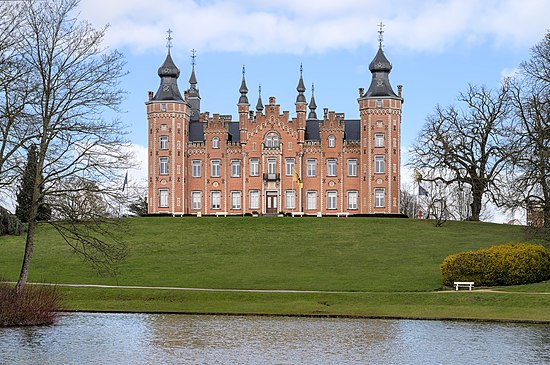- A helicopter crash near Varzaqan, Iran, kills eight people, including President Ebrahim Raisi (pictured) and Foreign Minister Hossein Amir-Abdollahian.
- In boxing, Oleksandr Usyk defeats Tyson Fury to become the first undisputed heavyweight champion in twenty-four years.
- Protests over voting rights changes break out in the French territory of New Caledonia.
- Lee Hsien Loong steps down after nearly twenty years as Prime Minister of Singapore, and is succeeded by Lawrence Wong.
- 1766 – A magnitude-7.1 earthquake struck Constantinople and was followed by a tsunami that caused significant damage.
- 1874 – Giuseppe Verdi's Requiem was first performed in the San Marco church in Milan to commemorate the first anniversary of Alessandro Manzoni's death.
- 1998 – In Public Prosecutor v Taw Cheng Kong, the Court of Appeal of Singapore overruled a High Court decision in the only time a statute in Singapore had been ruled unconstitutional.
- 2014 – Prayut Chan-o-cha (pictured), the commander-in-chief of the Royal Thai Army, launched a coup d'état against the caretaker government following six months of political crisis.
- Jovan Vladimir (d. 1016)
- John Forest (d. 1538)
- Charles Aznavour (b. 1924)
- Apolo Ohno (b. 1982)


|
|
De Viron Castle is a castle in the town of Dilbeek in Flemish Brabant, Belgium. Commissioned by the de Viron family, which settled in Dilbeek in 1775, the castle was built in 1863 by Jean-Pierre Cluysenaar. The Renaissance Revival castle was built on the ruins of a 14th-century fortification that was destroyed in 1862. One of the medieval towers, the Sint-Alenatoren, can still be seen in the park surrounding the current building and is named after Saint Alena, who lived in Dilbeek. The castle has served as the town hall of Dilbeek and housed the offices of the municipality since 1923, and was listed as a Belgian protected monument in 1990. This photograph shows the facade of De Viron Castle with the surrounding park in the foreground. Photograph credit: Benoit Brummer
Recently featured:
|
Architecture • Fashion • Film • Literature • Music • Opera • Philosophy • Poetry • Speculative fiction • Television • Theatre • Visual arts • Writing
Africa • Asia • Africa • Central America • Europe • Latin America • North America • Oceania • Countries • Islands • Mountains • Rivers
Animals • Amphibians and Reptiles • Arthropods • Birds • Ecology • Environment • Fungi • Geophysics • Insects • Mammals • Marine life • Minerals • Plants • Viruses • Weather
Drink • Food • Games • Gardening • Holidays • Martial arts • Scouting • Sports • Toys • Underwater diving • Video games
This Wikipedia is written in English. Many other Wikipedias are available; some of the largest are listed below.
-
1,000,000+ articles
-
250,000+ articles
-
50,000+ articles
Wikipedia is written by volunteer editors and hosted by the Wikimedia Foundation, a non-profit organization that also hosts a range of other volunteer projects:
-
Commons
Free media repository -
MediaWiki
Wiki software development -
Meta-Wiki
Wikimedia project coordination -
Wikibooks
Free textbooks and manuals -
Wikidata
Free knowledge base -
Wikinews
Free-content news -
Wikiquote
Collection of quotations -
Wikisource
Free-content library -
Wikispecies
Directory of species -
Wikiversity
Free learning tools -
Wikivoyage
Free travel guide -
Wiktionary
Dictionary and thesaurus



